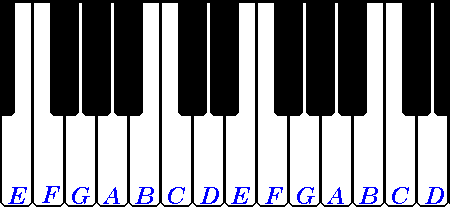Mad Pierrot Le Fou
New member
Bandcoach is doing the damn thing...unfortunately there is probably only like three people here that can read music lol
Bandcoach is doing the damn thing...unfortunately there is probably only like three people here that can read music lol
what scale would those chords be from tho?
bandcoach, i write mostly in pure Cminor(C D Eb F G Ab Bb C), which are the chords that i should use?
Bandcoach is doing the damn thing...unfortunately there is probably only like three people here that can read music lol
F#minor/G major would be in the key of D major (F#min is chord iii and G is chord IV)
B minor/Cmajor would be in the key of G major (B min is chord iii and C is chord IV)
G minor/Ab major would give you the feel - these are chord iii and IV in the relative major: Eb major.
I can provide other forms of notation on request - I have created some software tools that let me do it quite quickly.
how would that be a d major scale when its starts on a F# chord? i think if i find the answer to that a lot of my problems will be solved

